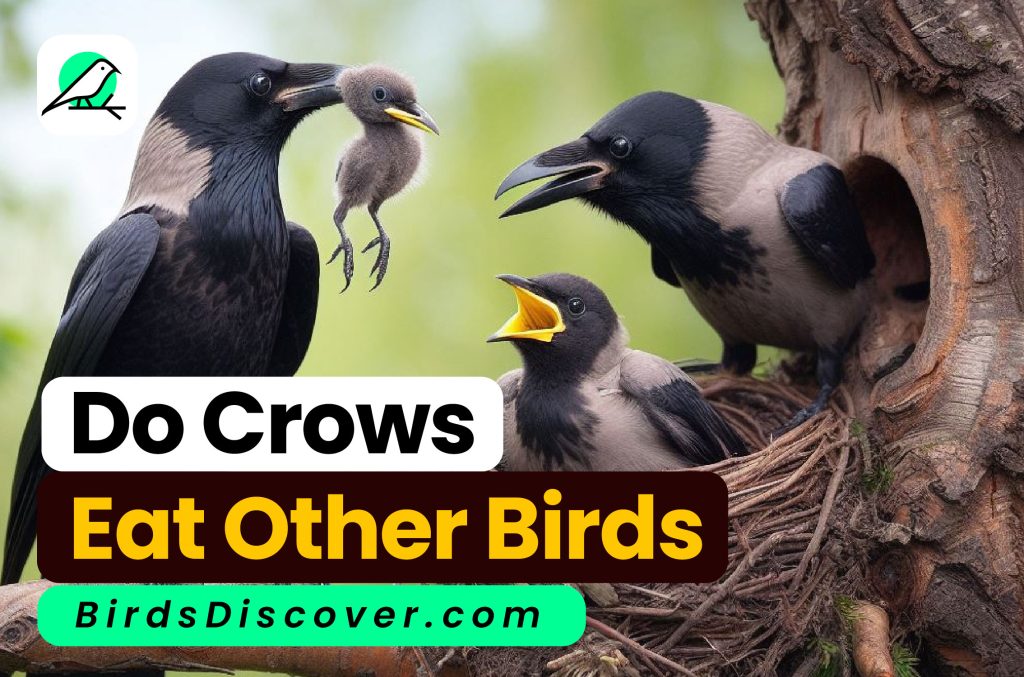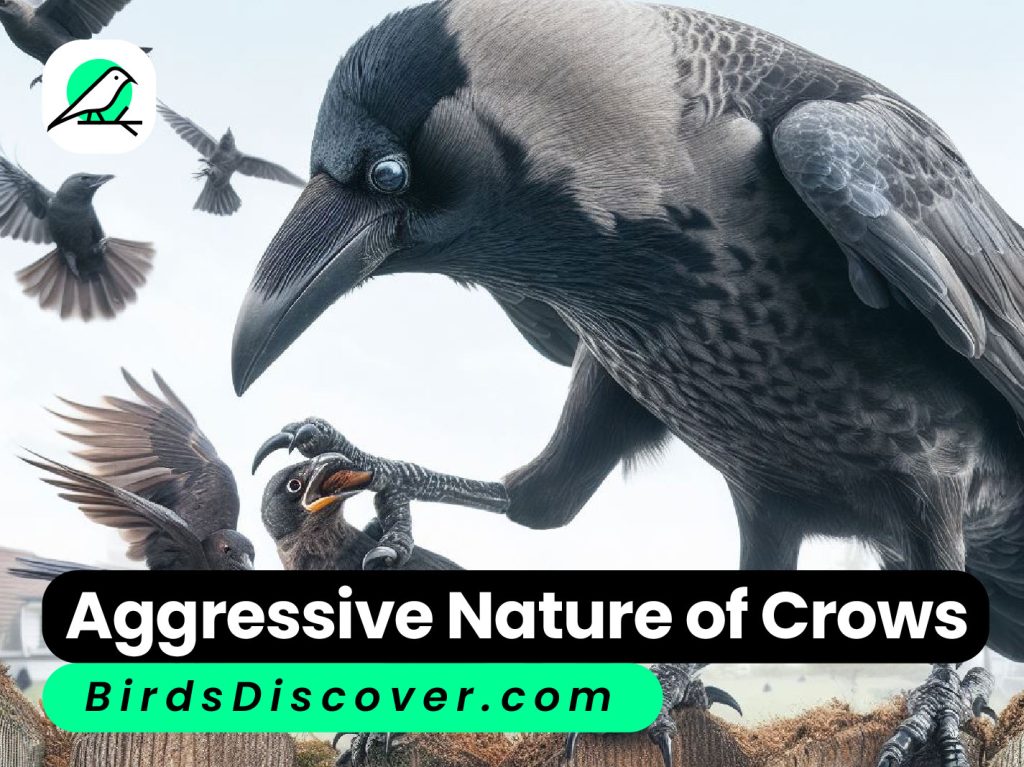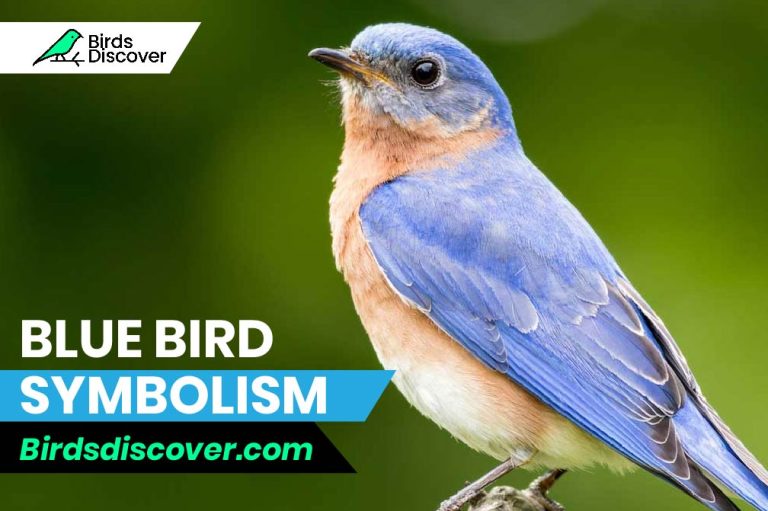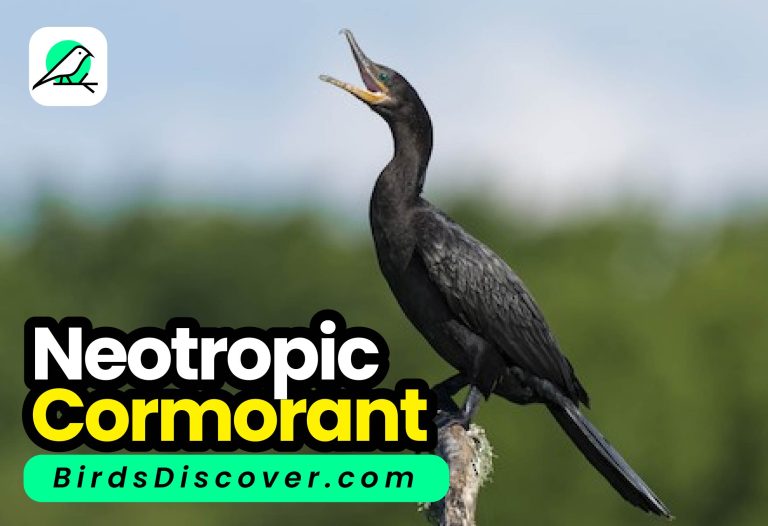Do Crows Eat Other Birds

Do Crows Eat Other Birds?
Do Crows Eat Other Birds? Yes, crows are opportunistic feeders and will consume a variety of prey, including other birds. While they primarily feed on a diet of insects, fruits, seeds, small mammals, carrion, and human food scraps, they are known to prey on eggs, nestlings, and injured or weakened birds.
Crows are known to raid nests for eggs, significantly impacting bird populations. This behavior highlights their opportunistic feeding habits.
As omnivores, crows will eat fledgling birds when they can, showing their adaptability in various environments.
In the UK, crows have been documented to prey on smaller birds, impacting local ecosystems.
Australian crows exhibit similar feeding behaviors, preying on small birds and scavenging for food.
Daylight hours are when crows actively hunt for food, including other birds.
Both eggs and young birds are fair game for crows, showcasing their adaptability in diet.
Crows will often target smaller birds and those that nest close to the ground.
While not common, crows will eat squirrels if the opportunity arises.
Nest raiding is a common behavior among crows, as they seek out easy food sources.
Crows often exhibit aggressive behaviors to protect their nests and food from other birds.
Crows and pigeons often coexist in urban environments, making pigeons a potential food source for crows.
Both crows and ravens share similar diets that include other birds, especially in times of scarcity.
Small birds are often targets for crows, especially during nesting season when they are most vulnerable.
Scavenging is a crucial part of a crow’s diet, helping to recycle nutrients in the ecosystem.
American crows are omnivorous and adapt their diet based on available food sources, including other birds.
Crows, regardless of color, share similar feeding habits, including preying on other birds.
As opportunistic feeders, crows play a vital role in the ecosystem by controlling bird populations.
Crows are highly opportunistic omnivores, renowned for their adaptability and intelligence. While their diet primarily consists of carrion, insects, seeds, and fruit, they’re known to occasionally prey on other birds, especially nestlings and eggs. Despite being omnivorous, their predatory behavior towards other birds isn’t as common as their scavenging habits. Crows may target vulnerable nests, taking advantage of unguarded eggs or fledglings. Their intelligence allows them to devise strategies to access nests, such as distraction techniques or coordinated attacks. However, their predation on other birds is typically influenced by factors like food availability, nesting sites, and competition. In urban environments, where food sources are abundant, crows may rely less on hunting other birds. Overall, while crows do eat other birds, it’s just one aspect of their diverse diet, shaped by their remarkable adaptability to various environments.
Why Crows Eat Other Birds?
Crows eat other birds as a part of their omnivorous diet, which includes a wide range of food sources. While they primarily scavenge carrion, consume insects, seeds, and fruits, they also opportunistically hunt other birds, especially when nesting or young birds are accessible. This behavior serves as a supplemental food source and can be influenced by factors such as seasonal variations, competition for resources, and environmental conditions.
Additionally, crows are highly intelligent and adaptable creatures. Their ability to exploit various food sources, including other birds, showcases their resourcefulness and adaptability to different habitats. They may target nests of other bird species, taking advantage of unguarded eggs or fledglings when opportunities arise. This predatory behavior also reflects their role as top avian predators in many ecosystems, where they help regulate populations of smaller birds.
Sure! Here are two comparison tables for crows and ravens regarding their eating habits, particularly concerning other birds.
Crows and Ravens Eating Other Birds?
Crows and ravens are both omnivorous birds known for their opportunistic feeding habits, often scavenging for food in their environments. They consume a wide range of items, including fruits, insects, small animals, and even carrion. Both species have been observed raiding the nests of smaller birds, often targeting their eggs and fledglings. This behavior can significantly impact the populations of these smaller birds, as both crows and ravens are skilled at locating nests and taking advantage of vulnerable young.
While crows are particularly notorious for their nest-raiding habits, ravens also engage in similar behaviors, especially when it comes to defending their territories. Both birds are known to scavenge on dead birds, further demonstrating their adaptability and resourcefulness. In summary, crows and ravens not only compete with other bird species for food but can also directly affect their populations through predation and nest raiding, making them significant players in their ecosystems.
General Eating Habits
| Aspect | Crows | Ravens |
|---|---|---|
| Diet | Omnivorous; includes fruits, insects, and small animals | Omnivorous; includes fruits, insects, and small animals |
| Nest Raiding | Frequently raiding nests of smaller birds | Also known to raid nests, particularly of smaller birds |
| Scavenging Behavior | Highly opportunistic; scavenges for food | Opportunistic; will scavenge as well |
| Impact on Ecosystem | Can decrease populations of smaller bird species through predation | Similar impact; can influence bird populations by predation |
Specific Bird Interactions
| Interaction | Crows | Ravens |
|---|---|---|
| Do they eat other birds? | Yes, including eggs and fledglings | Yes, particularly smaller birds |
| Do they eat bird eggs? | Yes, often raid nests for eggs | Yes, known to take eggs from nests |
| Do they attack other birds? | Yes, especially when young or injured | Yes, may attack in defense of territory |
| Do they eat dead birds? | Yes, scavenges on dead birds | Yes, also scavenges on carrion |
Aggressive Nature of Crows

Crows are known for their territorial and occasionally aggressive behavior, especially during the breeding season and when defending their nests or food sources. This aggression is primarily directed towards perceived threats, including predators, competitors, or intruders into their territory.
During breeding season, crows become particularly defensive of their nesting sites and may exhibit aggressive behaviors towards other birds, humans, or animals that come too close. They may dive-bomb or mob intruders, emitting loud calls and even physically attacking them to protect their nests and offspring.
Crows Introduction

Crows are known for several distinctive traits and behaviors that have captured the interest of researchers and observers alike.
Crows Voice “caw” is a loud, harsh sound often used for communication between individuals or to signal danger.
Crow Biography
| Stage of Life | Description |
|---|---|
| Eggs | Crows typically lay between 3 to 9 eggs per clutch, depending on species and environmental conditions. Eggs are usually bluish-green or olive with brown speckles. |
| Nesting | Nests are constructed by both male and female crows, often in tall trees or on ledges. They use sticks, twigs, and other materials, lining the nest with softer materials. |
| Hatchlings | Newly hatched chicks are altricial, meaning they are born naked, blind, and completely dependent on their parents for food and warmth. |
| Fledglings | After about 4 to 5 weeks, young crows leave the nest but are still dependent on their parents for food and protection. They gradually learn to fly and forage on their own. |
| Juveniles | Juvenile crows resemble adults but may have duller plumage and blue eyes. They spend several months learning essential survival skills from their parents and other adults. |
| Maturity | Crows typically reach sexual maturity at around 2 to 4 years of age, depending on the species and environmental factors. They may form long-term pair bonds or remain solitary. |
| Reproduction | Crows are monogamous during the breeding season, with pairs often staying together for multiple years. They defend territories and engage in elaborate courtship displays. |
| Lifespan | In the wild, crows generally live for about 7 to 8 years on average, although some individuals can live much longer, up to 20 years or more. |
| Social Structure | Crows are highly social birds, often forming large flocks outside of the breeding season. They communicate using a variety of vocalizations and engage in cooperative behaviors. |
| Diet | Crows are omnivorous and opportunistic feeders, consuming a wide range of food including insects, fruits, seeds, small mammals, eggs, carrion, and human food scraps. |
| Predators | Despite their intelligence and adaptability, crows face predation from various animals including raptors, mammals, and other birds of prey. They employ vigilance and mobbing behavior as defense mechanisms. |
Where Crows Found?
Crows are found in various regions around the world, inhabiting a wide range of environments from urban areas to forests, grasslands, and agricultural lands.
| Region | Description |
|---|---|
| North America | Several species of crows are native to North America, including the American crow (Corvus brachyrhynchos) and the fish crow (Corvus ossifragus), found across the continent. |
| Europe | The carrion crow (Corvus corone) and hooded crow (Corvus cornix) are common crow species found throughout Europe, often inhabiting urban and rural areas alike. |
| Asia | Asia is home to a diverse array of crow species, including the large-billed crow (Corvus macrorhynchos) found in East Asia, and the jungle crow (Corvus macrorhynchos) in Southeast Asia. |
| Africa | Crows are less common in Africa compared to other continents, but species like the pied crow (Corvus albus) are found in various regions, including sub-Saharan Africa. |
| Australia | The Australian raven (Corvus coronoides) and the Torresian crow (Corvus orru) are two common crow species found in Australia, inhabiting a range of habitats across the continent. |
| South America | While not as diverse as in other continents, crows are found in parts of South America, including the American crow (Corvus brachyrhynchos) in the northern regions. |
Crow Sizes
| Crow Species | Length (cm) | Wingspan (cm) | Weight (grams) |
|---|---|---|---|
| American Crow | 40-50 | 85-100 | 300-600 |
| Carrion Crow | 45-52 | 95-110 | 400-600 |
| Hooded Crow | 48-52 | 100-120 | 400-600 |
| Common Raven | 54-69 | 115-130 | 800-1500 |
| Australian Raven | 48-58 | 100-120 | 600-900 |
| Jungle Crow | 40-45 | 90-105 | 300-500 |
| Large-billed Crow | 42-52 | 85-100 | 400-600 |
| Torresian Crow | 46-52 | 90-110 | 450-600 |
| Pied Crow | 45-50 | 100-110 | 350-500 |
Crows Voices
| Vocalization | Description |
|---|---|
| Caw | The most recognizable crow vocalization, the caw is a loud, harsh sound often used for communication between individuals or to signal danger. |
| Alarm Call | Crows emit sharp, repetitive calls to alert others of potential threats, such as predators or intruders in their territory. |
| Rattle Call | This call is a series of rapid, staccato-like sounds resembling a rattle, often heard during courtship displays or territorial disputes. |
| Cooing | A soft, melodious vocalization produced by crows during relaxed social interactions or while perched in trees. |
| Gurgling | Gurgling vocalizations are made by young crows and are often part of their playful behavior, resembling a combination of cooing and babbling sounds. |
| Mimicry | Crows are known for their ability to mimic sounds from their environment, including the calls of other bird species, human voices, or even mechanical noises. |
| Wing Whistles | Sometimes, crows produce vocalizations by rapidly flapping their wings while in flight, creating whistling or whooshing sounds. |
| Begging Calls | Chicks emit high-pitched, begging calls when soliciting food from their parents, often characterized by their persistence and intensity. |
| Food Calls | Crows may produce specific calls when discovering food sources, attracting other crows to join them in foraging or alerting nearby individuals to the presence of food. |
| Courtship Calls | During the breeding season, crows engage in elaborate courtship displays accompanied by a variety of vocalizations, including soft cooing and throaty gurgling sounds. |
New Caledonian Crow Quirks
| Quirk/Behavior | Description |
|---|---|
| Tool Usage | New Caledonian crows are known for their remarkable tool-making and tool-using abilities. They fashion tools from sticks and leaves to extract insects from crevices. |
| Problem-Solving Skills | These crows exhibit advanced problem-solving skills, often outperforming other bird species and even some primates in intelligence tests. |
| Cultural Transmission of Knowledge | They demonstrate the ability to pass tool-making skills from one generation to the next, suggesting a form of cultural transmission. |
| Memory | New Caledonian crows have shown impressive memory capabilities, remembering the location of food sources and tools they have hidden. |
| Social Learning | They are capable of learning from observing others, particularly when it comes to foraging techniques and tool use. |
| Vocalizations | While not as diverse as some other bird species, New Caledonian crows do have a range of vocalizations used for communication, including calls and alarm signals. |
| Neophilia (Curiosity) | These crows exhibit a strong curiosity towards novel objects and situations, often exploring and investigating new things in their environment. |
| Play Behavior | Juvenile New Caledonian crows engage in play behavior, which may help them develop their cognitive and physical abilities. |
| Cache Management | They are adept at hiding and managing food caches, often using tools to aid in concealing and retrieving stored food. |
| Predator Awareness | New Caledonian crows display a high level of awareness of potential predators and employ various strategies to avoid predation. |
FAQS
Do crows eat other birds?
Yes, crows are opportunistic feeders and will consume a variety of prey, including other birds. While they primarily feed on a diet of insects, fruits, seeds, small mammals, carrion, and human food scraps, they are known to prey on eggs, nestlings, and injured or weakened birds.
What types of birds do crows eat?
Crows may prey on a wide range of bird species depending on factors such as availability and vulnerability. They commonly target smaller bird species such as songbirds, pigeons, doves, and even other corvids like smaller ravens or magpies.
Why do crows eat other birds?
Crows are opportunistic hunters and will exploit various food sources to meet their nutritional needs. They may prey on other birds as a supplemental food source, particularly during times when their preferred food items are scarce or when they need additional protein for breeding or raising their young.
How do crows hunt other birds?
Crows employ various hunting techniques to capture other birds. They may ambush unsuspecting prey from concealed perches or stalk them on the ground. Additionally, crows are highly intelligent and may use cooperative hunting strategies or exploit the weaknesses of their prey, such as targeting nests or targeting injured or weakened birds.







